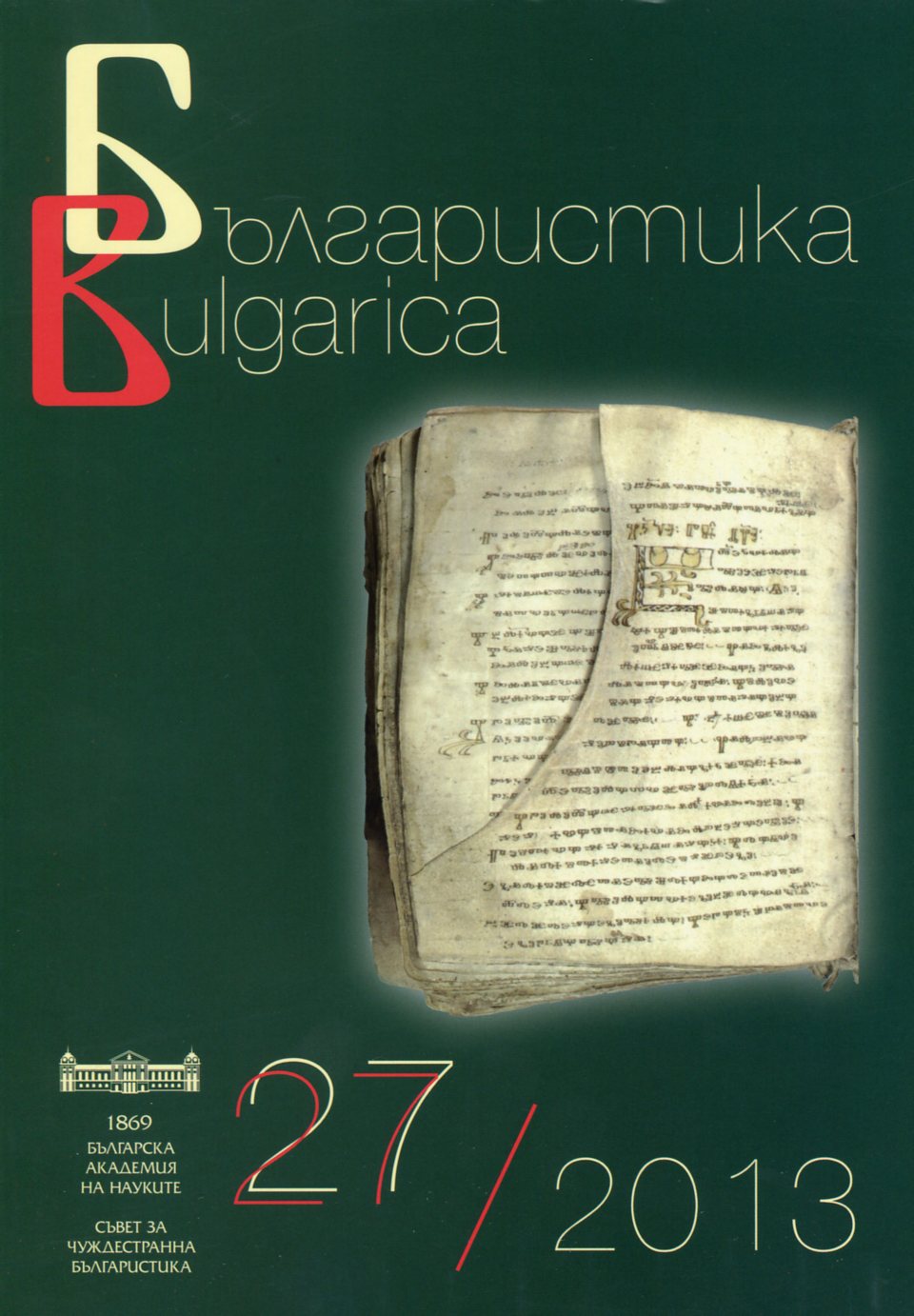
Дисертации
Defended PhD theses in Bulgaria in the field of linguistics, literature, history, folklore, ethnography and art studies
More...We kindly inform you that, as long as the subject affiliation of our 300.000+ articles is in progress, you might get unsufficient or no results on your third level or second level search. In this case, please broaden your search criteria.

Defended PhD theses in Bulgaria in the field of linguistics, literature, history, folklore, ethnography and art studies
More...
Более полувека назад замечательный историк русской литературы XVIII столетия П. Н. Берков пообещал опубликовать написанное Михаилом Матинским (1750–1820) и никогда не издававшееся либретто оперы Василия Пашкевича «Тунисской Паша»: «Текст ее <пьесы. – А.Л.> будет напечатан мною в одном из ближайших выпусков сборника „XVIII век“ »1. Обещание, однако, осталось не выполненным. Известный П. Н. Беркову и, похоже, единственный сохранившийся список этого драматического сочинения2 остался лежать в Театральной библиотеке в Санкт-Петербурге.
More...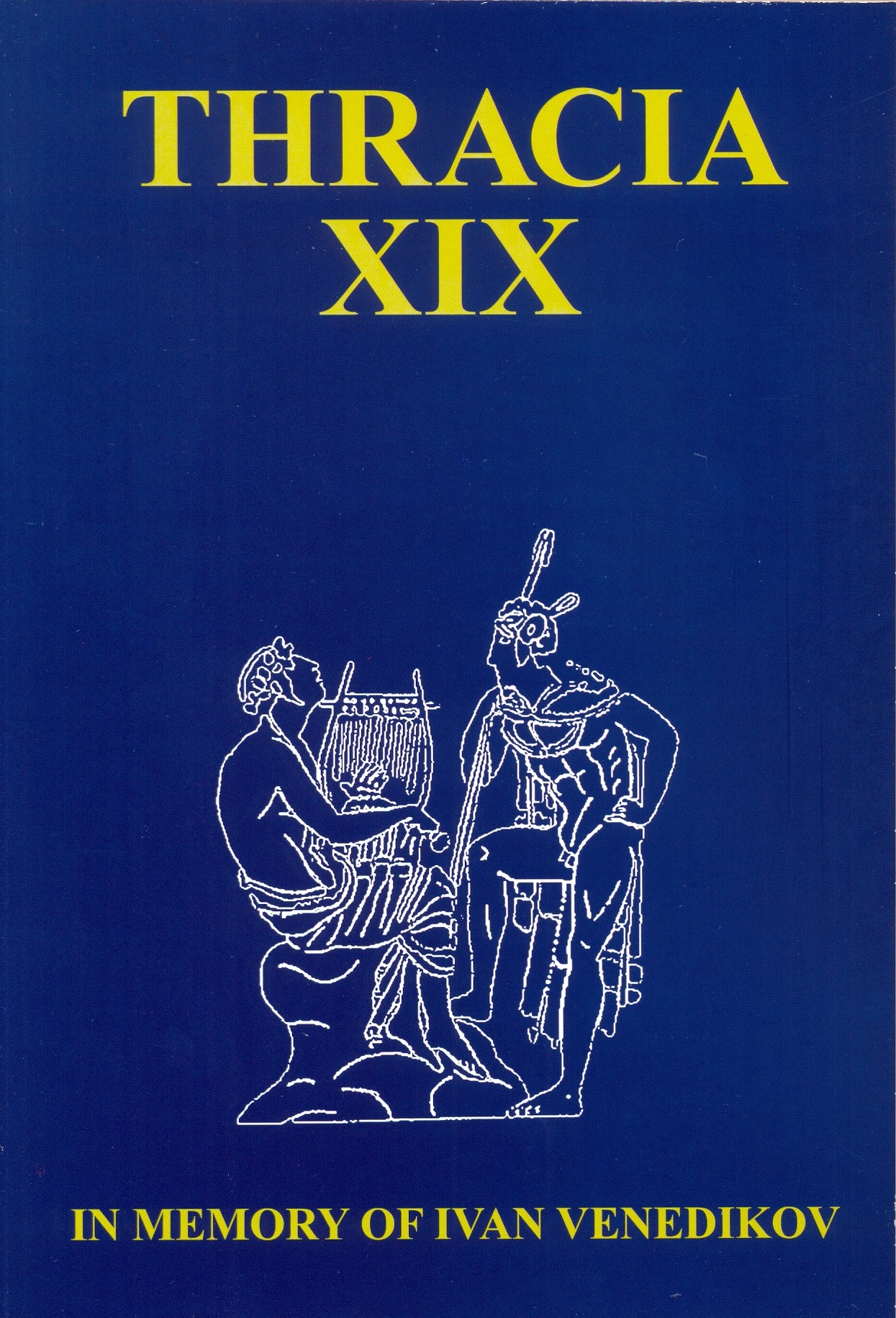
In the proposed paper the author has published for the first time two of the Greeks inscriptions found by him and Ivan Venedikov during archaeological excavations conducted by them between 1958 and 1970. The first inscription is the upper part of a marble slab and it contains an honorary decree concerning more than one – possibly two – citizens of the city of Neapolis (or Neopolis, accordingly). It is interesting to note the absence of reference to “the city council and the people” of Messambria. Some privileges are not expressed with their full text in the inscription, which complicated the reconstruction of the damaged or missing text. The author assumes that Neapolis from the decree was the same city as that on the Aegean Sea (in the present-day Kavala in Greece). The second decree was issued in honour of the ancestors of Dionysios, son of Omphalion, who held important posts in the city. His father occupied the priestly position of hieromnemon (hieromnamon in the Doric cities). That occupation appeared for the first time here in the colonies along the Western Black Sea coast. Both inscriptions should be dated to the 3rd century BC.
More...
The text presents three media studies of students from the specialties "European Studies" and "Journalism" at Sofia University St. Kliment Ohridski", held at three time points from the battle of the world with Kovid-19. Each of the studies has its own purpose, methodological specifics and specific results, as well as its own name: Kovid in "Good News", Between "Second" and "Third Wave" and "For" and "Against" Vaccination. Collecting them together and in temporal sequence expands the information about the behavior of the media and, at the same time, outlines specific excitements and tendencies in different phases of the development of the disease until today.
More...
The text presents the results of a student study on the ways in whichmedia and journalists act in the first months of the emerging healh andhumanitarian crisis in 2020, conducted in the beginning of February 2020. Thecontext of this choice is important, as in February Bulgarian media still speak of a"virus like any other", the primary messages of the experts were: "no place forpanic", "no serious danger", "a virus, which is less dangerous than the seasonalflu". The study presents the results of approaches to subjects and speaking figuresin different media and shows, through which they informed society in the firstmonths of the crisis. The authors of the study are the fourth year students from the‘Radio’ profile, FJMK, SU. Authors: Dorotea Tsvetanova, Iliyana Marinkova,Denitsa Dyankova, Tereza Kancheva, Emiliya Kircheva, Kristina Yordanova,Viktor Nikolov, Lyuba Garkova, Borislav Valov, Maria Stancheva, ElmiraDzhoma.
More...
A review of the monograph “Media biographies of estrada musicians in Bulgaria after 1989” by Assoc. Dr. Zhana Popova. The monograph is a result from the work on the scientific project “The soft power of popular music in media (by examples from Bulgaria and the Balkans”, financed by the Bulgarian National Science Fund.
More...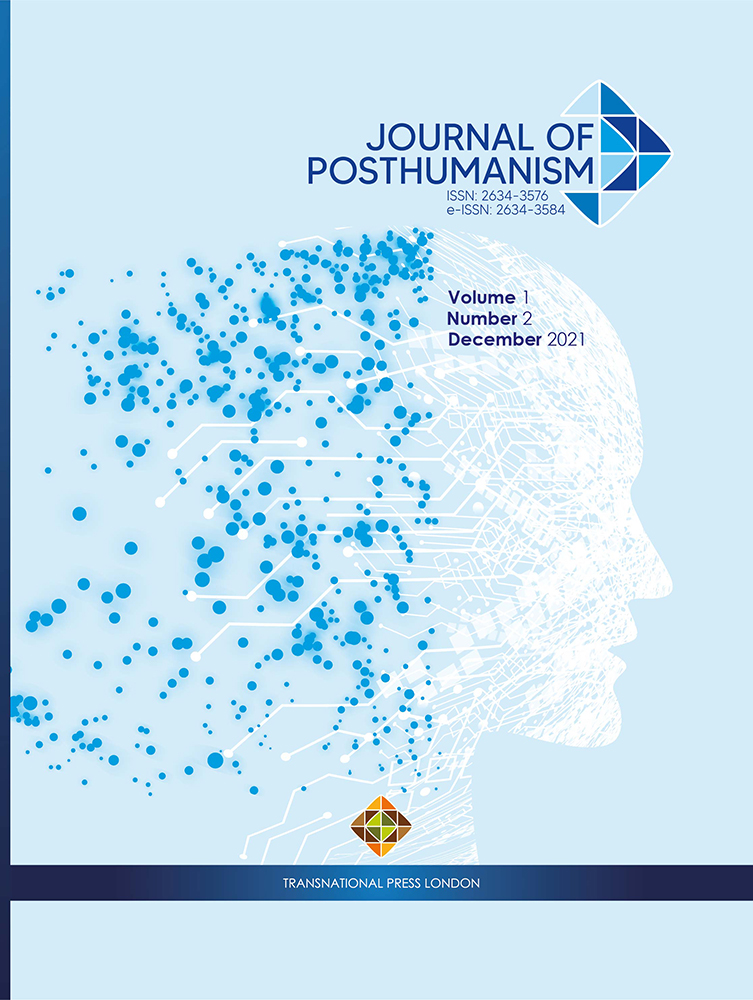
Lucretius II: An Ethics of Motion (2020), written by Thomas Nail, is an alternative book to approach posthumanism from a philosophical aspect. Its focus on motion correlates posthuman thinking with sociological, political, and philosophical dynamics by applying to Lucretius and continental philosophers. Its philosophical frame allows readers to comprehend posthumanism deeply by applying to ethics. The conceptualization of posthumanism, motion, and ethics is grounded in four fundamental methodologies including historical ontology, close reading, translation, and argumentation. Thus, the abstraction of the book is quite inclusive to envision what philosophical posthumanism is by delving into Lucretius’s philosophy.
More...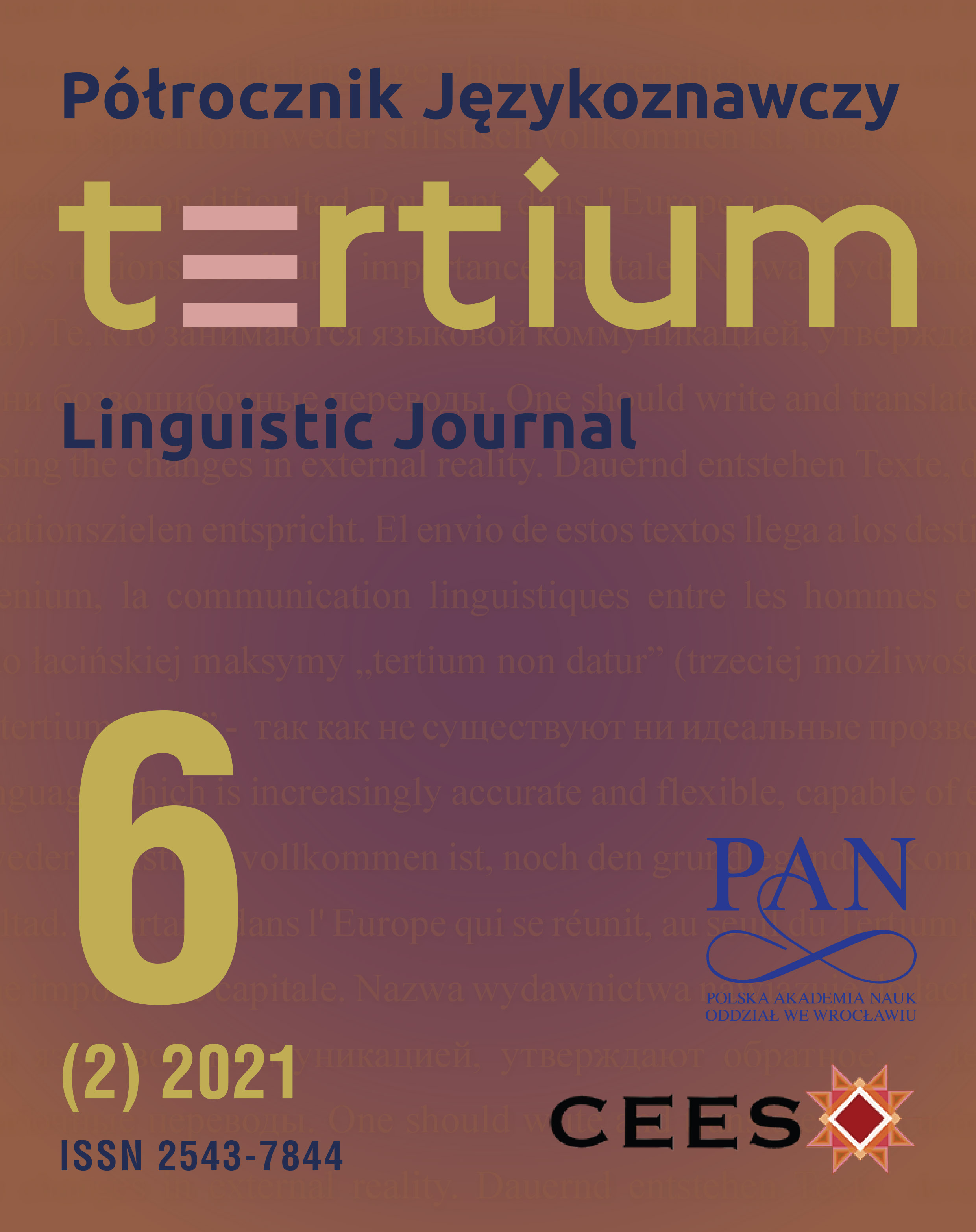
The paper attempts to analyse the international success of the Danish televisual series Rita (TV2 Denmark - Netflix, 2012–2020). It places the production in a wider cultural and historical context and treats it as an exemplification of, what the author deems, a recent shift in representations of teachers in visual media narratives. The author’s argumentation is premised on three principal assumptions. First, Rita demonstrates that after the genre’s decline at the turn of the twentieth century, the school-centred audio-visual narratives are back in favour. The trend is connected to the growth of the post-network television and the so-called over-the-top services (OTT). Second, the substantial part of Rita’s wide appeal is related to the show’s innovative application of the conventions known from the earlier Scandinavian productions and themes from serials about “difficult women”. This particularly concerns the show’s adept exploration of the resilient and anti-heroic female lead character. Third, Rita is regarded as an early indication of the shift in the ways school life and teachers are represented in the media today. The author stipulates that the show may augur the emergence of many similar complex televisual images of teachers in the near future.
More...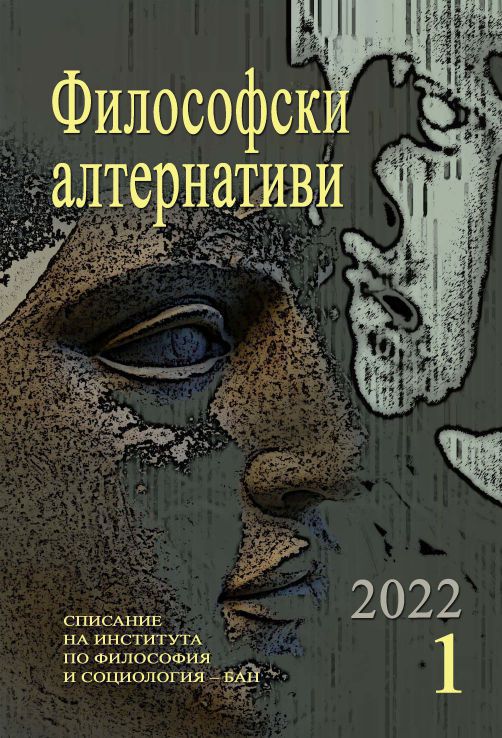
After 1989, the construction of industrially built residential blocks in residential complexes in Sofia was stopped. Until then, for two or three decades, they were the most important production for the construction of residential buildings in the capital according to the principles of modernism. Thousands of homeless people eagerly awaited them to be sheltered. Confusion ensued after the political changes in 1989, when attempts were made to implement the laws on the restitution of agricultural land within the complexes, despite the fact that these were “projects with implementation” and according to the Restitution Law no changes could be made there. The complexes, as well as the other constructions in progress, only had to be completed according to their designs. But it did not happen. In many places, “illegal restitution” of private agricultural land has begun, as well as spontaneous “privatization” of municipal and state lands and new construction in violation of the projects for the development of residential complexes. Their physical and social environment has changed radically and as a result the quality of life in them has deteriorated sharply. Thirty years after 1989, the residential complexes of Sofia have dramatically moved away from the principles of modernism and are almost everywhere in spatial and social degradation. An intensive process of anti-modernism is under way. Only recently the Sofia Municipality decided to introduce a policy to improve the living conditions of citizens in these territories – will it be able to realize and develop it and is it not too late?
More...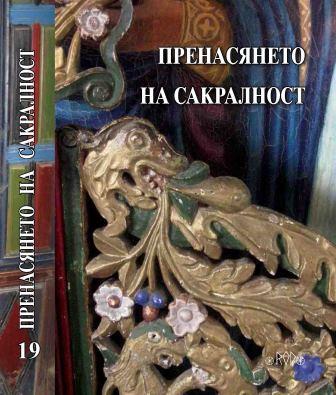
The text presents various publications and records of the song of the King Ivan Shishman in an attempt to contextualize it as origination and use. A possible hypothesis is the dating of the song in time immediately after the fall of Bulgaria under Ottoman rule as a reflection of real historical events. However, the song was especially popular during the Renaissance with urban melody and most probably it was the time that the name of the last Bulgarian king was added to the text in the context of constructing our national identity in the second half of the 19th century.
More...
Reflect on the sacral value of visual art-facts, symbolizing life – as a philosophy of development in ascending gradation and the eternal repetition of intrinsic values, as well as their nurturing role in Bulgarian secondary school.
More...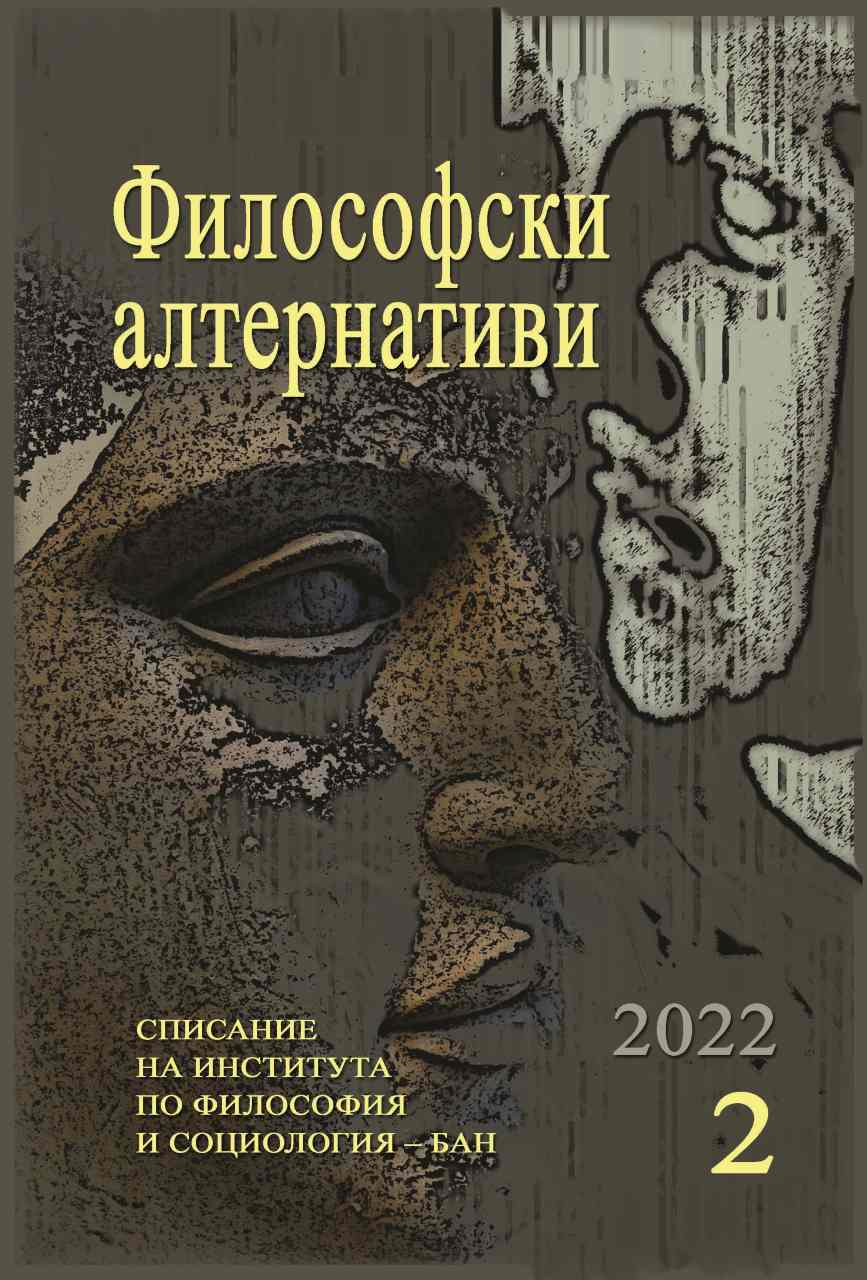
The text analyzes the role of aesthetic experience for Radoslav Tsanoff, an American philosopher of Bulgarian origin. The article is structured in the following directions: creativity and innovation in science and art (differences and analogies); art and culture as part of a new scale of values; aesthetic experience as participation in the perspective of the theory of shared values; role and importance of culture (spirit of cosmic scale and depth). The conclusion is that these are in harmony with the general direction in his work, including the need for an integral approach and a new scale of values.
More...
Music has a double meaning. The musical meaning is specific immanent and constitutive for the musical work, taken in itself as without subject. The meaning of music is a connection between a piece of music (musical meaning) and the extra-musical human lifeworld. The musical meaning and the meaning of music are inseparable. The great forms of European music are modal, tonal, atonal and aleatory music. The transition from one form to another is a transformation of the immanent musical meaning and the meaning of music. They are historically determined. The meaning of music is possible thanks to isomorphism in the universe.
More...
The article traces the transformation of black color in clothing as a sign of high ethical standards. And fashion itself began to operate as an axiological and ideological form, expressing and setting certain values. Thus, clothing as a color, on the one hand, becomes a sign of public indication and recognition, and on the other – an instrument of social segregation.
More...
The problem with the original in the era of its digital reproducibility concerns both photography, which until recently dominated media in contemporary art, and more conventional art forms, such as painting and music, which entered the digital universe and became irreversibly devalued because of the accessibility and malicious democracy of the new digital meta universe. Entering the second decade of the 21st century, the economic trap in which the arts fall is becoming clearer, and the traditional idea of the uniqueness of the original work falls under the pragmatic critique of the consumer world, in which everyone can and wants to own, in the digital format, all the information of interest or need. A new chance for artists to declare the originality of their digital work is the emerging NFT culture, and an interesting question that may arise from now on is whether a potential shift of big capital to the originals in their digital version will not orient the gallery spaces to other purposes than commercial? Obviously, interesting restructuring in the world of art is forthcoming and the emergence of new and more important institutions than galleries and museums is not excluded.
More...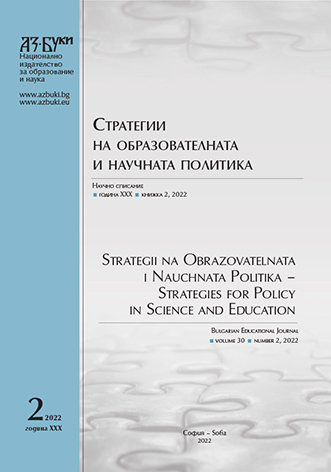
The study focuses on the educational potential of Bulgarian art museums. The system of these museums is briefly described, indicating the specifics of their cultural activities. The great opportunities for education in-and-through these museums are outlined – with examples and concepts. The thesis about the positives of their wider involvement in the educational process is developed on the basis of data from the work of some art museums. The need to develop emotional intelligence and empathy in students through a deeper reading of art is outlined. In this regard, the role of the treasury of Bulgarian art museums is invaluable.
More...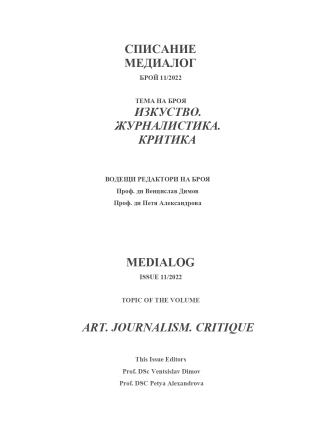
Тoday, cinema is an art, accompanied by its own sciences, its own film criticism and its own film journalism. But what happened in the years immediately after its birth. There was a Word – describing something new and unknown; admiring a technical invention that even his fathers did not believe in; recreating the atmosphere that prevailed during the first sessions and the reactions of the surprised audience… It is from this Word, preserved to this day in the advertisements printed in the then Bulgarian periodicals, that modern film criticism is born. This article with the help of concrete examples, traces this process of turning the „reclamo” („cry of praise”) into an intellectual activity.
More...
As one of the leading women's magazines, “The Woman Today” magazine is an interesting media phenomenon that gives us a look at the appearance of women during the state socialism in Bulgaria. What kind of women they are and should be, what do they like to consume and how do they want and / or should live. What should a (socialist) woman be like and is this a homogeneous concept? As a mass women's magazine, it give the trends, asks questions and focuses on certain consumer practices. However, this image is changing in different epochs of socialism itself and sets different contexts in which women can be seen. The text seeks to build contradictions and perspectives in the way the female image is nuanced in the pages of the magazine from the 60s and 70s.
More...
The book by Assoc. Prof. Dr. Andronika Martonova is another contribution to the study of cinematography in Bulgaria. Author of numerous articles in the most popular Bulgarian media, the author presents a complete text of 200 pages, in which she masterfully traces the thread of otherness and alienation in the new Bulgarian cinema. The book is part of the project “Post-totalitarian Bulgarian cinema - models and identities” and manages to outline the contours of a bridge in the transition in Bulgarian cinema between the two eras. Cinema before the changes also had its hits in describing otherness, as most of the films are described accurately in the introduction. The book traces the search for a new Bulgarian identity as a theme for the new Bulgarian cinema.
More...
The review addresses the book “Structural Approach in Interior Design in the Twentieth Century” by Bilyana Kaloyanova, PhD. The scientific and applied significance of the publication will benefit researchers and professionals working in the field of interior design.
More...